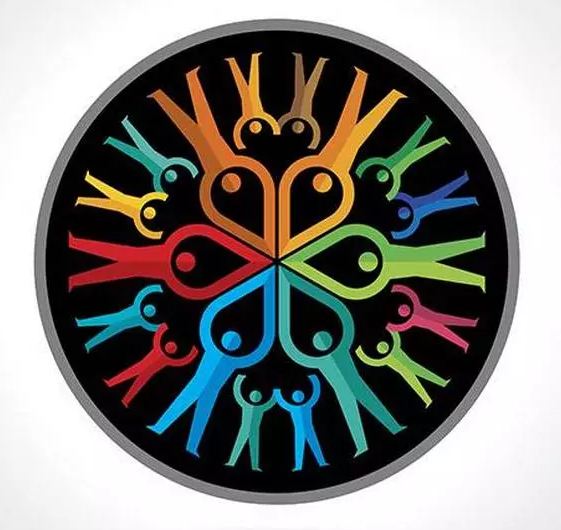 Various models of federalism are on the table at the Panglong conference.
Various models of federalism are on the table at the Panglong conference.
Myanmar is to hold the second round of the 21st Panglong Union Peace Conference in its administrative capital, Nay Pyi Taw, from May 24 to 28. A major issue at the meet will be the question of federalism.
During the government-led Union Peace Dialogue Joint Committee (UPDJC) meeting in Nay Pyi Taw on May 12, the committee agreed in principle to grant the seven states and seven regions permission to draft their own constitution on the condition that they would not break away from the country.
The UPDJC, headed by State Counsellor Aung San Suu Kyi, includes representatives from the ethnic armed groups, political parties and the government. The Panglong conference is likely to discuss the question of self-determination and the drafting of the Constitution by states and regions.
Rooted in history
The question of federalism or autonomy in Myanmar goes back to the pre-Independence era. It is an important historical issue which unified and divided the country. The idea of forming a union government that would give equal status to all citizens brought together different ethnic groups at the Panglong conference of 1947. It has also divided the country psychologically and emotionally when the Anti-Fascist People’s Freedom League, the first elected government after Independence, failed to fulfil the political aspirations of the ethnic non-Burmans.
When the non-Burman ethnic groups pushed for autonomy or federalism, alongside having a weak civilian government at the centre, the military leadership staged a coup d’état in 1962. Though incorporated in the 1947 Constitution, successive military governments construed the use of the term ‘federalism’ as being anti-national, anti-unity and pro-disintegration.
Until as recently as 2011, when the State Peace and Development Council military government allowed the Union Solidarity and Development Party led by President Thein Sein — himself a former military general — to form a quasi-civilian government, one could land in jail for advocating federalism.
With gradual democratisation, the Thein Sein government accepted the concept of federalism, one of the core principles of the ongoing peace process with the country’s ethnic armed groups.
As a pro-democratic party, the National League for Democracy has been supportive of a federal government. But nobody really knows what type of federalism Myanmar will eventually have.
Opinions on different federal systems such as symmetric federalism, asymmetric federalism, dual federalism, cooperative federalism and creative federalism have been discussed by policy makers and scholars.
Symmetric federalism could be a major problem since the Bama or Burman majority dominates the seven regions plus the union territory of Nay Pyi Taw. Even if the majority Burmans propose such arrangement, the minorities may oppose it on the ground of being politically disadvantageous.
Asymmetric federalism may be opposed by some minorities who feel that they would be outnumbered. Many within the ethnic minorities feel that the majority Bama/Burman/Myanma group should be given only one state in line with other ethnic groups to establish genuine federalism.
Dual federalism may be acceptable to the federal government, but the states may find it too invasive or intrusive.
Cooperative federalism, though an ideal solution for some, is an unlikely arrangement as it could lead to a power stalemate between the state and federal governments, making it difficult or even impossible to reach a compromise over important pieces of legislation.
Creative federalism could be a problem to implement if the two governments are unable to reach a consensus.
Due to the scattered population of several ethnic groups, the other concept widely discussed is a non-territorial federalism. In other words, self-determination should not be confined to a well-defined territory.
Possible solution
The non-territorial federal structure could be a possible solution, well suited to the demands of some ethnic groups. On the other hand, it could also be a source of conflict between different ethnic groups and even constrain relations between the state and regional governments which have a mixed population.
Given the hybrid nature of the political structure, there is also a danger that the government or the military leadership would push for a ‘Myanmar Way to Federalism’ similar to the idea of ‘Burmese Way to Socialism’ during the days of the Burma Socialist Programme Party government led by General Ne Win, or something along the lines of a “flourishing and disciplined democracy”, as enshrined in the 2008 Constitution.
The ethnic minorities envision a federalism which is based on an equality of rights for all ethnic groups and a guarantee of a certain degree of autonomy over their people, territories and resources.
It is a positive development that the government has allowed not only the use and discussion of federalism but also the drafting of a Constitution by individual states and regions. Such a development may be construed as a case of Myanmar moving forward in its pursuit of a federal government.
Nehginpao Kipgen is Assistant Professor and Executive Director of the Center for Southeast Asian Studies, Jindal School of International Affairs, O.P. Jindal Global University.
Source: The Hindu



